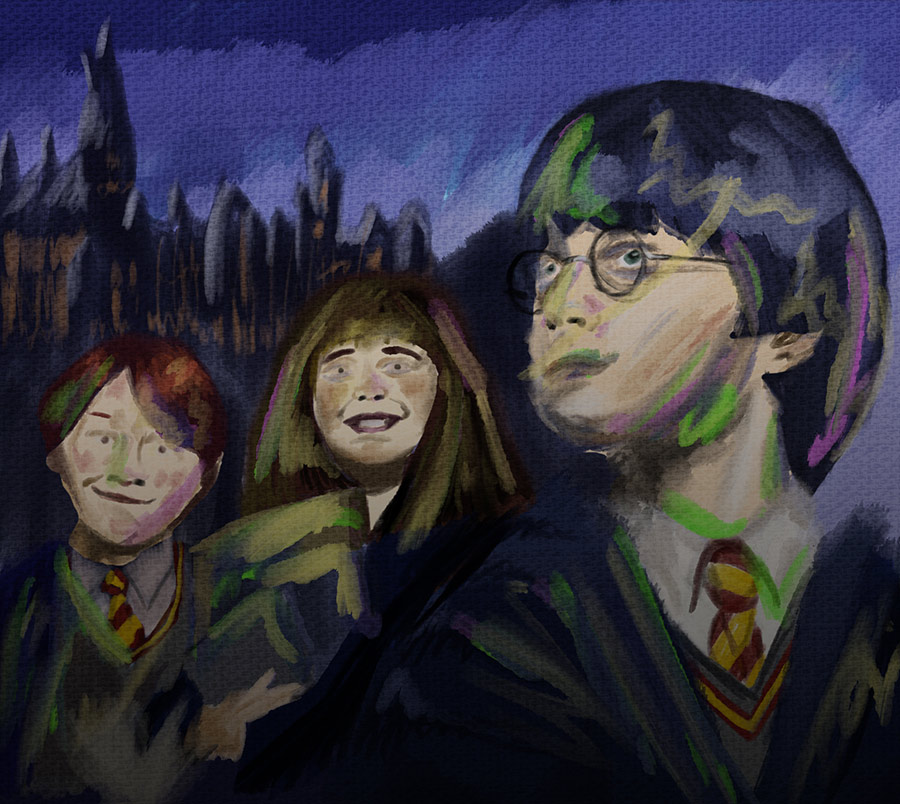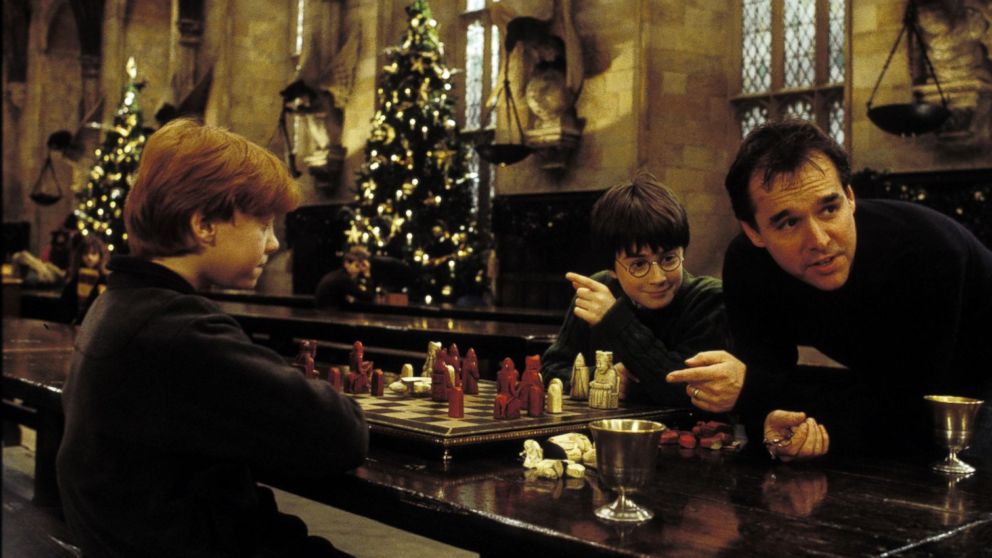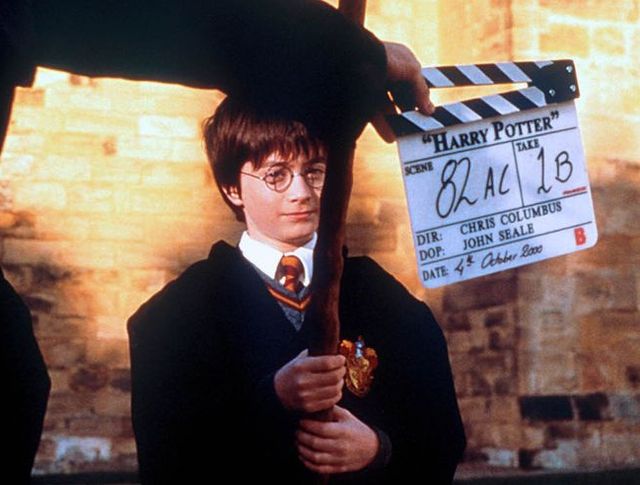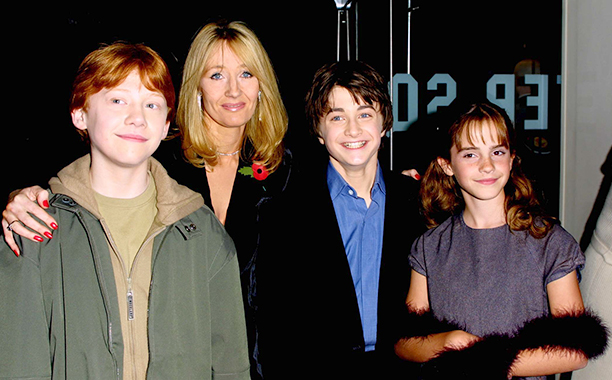
This November marks 20 years since the film adaptation of Harry Potter and the Philosopher’s Stone hit cinemas around the world, starting some kind of a revolution in the film industry and giving the Harry Potter books a boost to become even more successful than they already were.
Philosopher’s Stone was important at the time because it was the beginning of the adaptation of young adult fantasy books to the big screen. While it shared the moment with the Lord of the Rings trilogy, which was also key to this phenomenon (LOTR won several Oscars), the Harry Potter saga influenced cinema for the next few years. It opened doors for other youth films, such as The Twilight Saga, Maze Runner, The Hunger Games and more, which, thanks to Harry Potter, saw that there was a steady market. A market that the boy wizard had begun to crack and that many films took advantage of and continue to take advantage of to this day.
But Philosopher’s Stone was not only important for the movie industry worldwide, but also within the saga. Until the second part of Deathly Hallows, Philosopher’s Stone had been the highest grossing film in the saga, with a worldwide box office of over a million dollars (this mark was only surpassed by Deathly Hallows Part 2). It was also, along with Goblet of Fire and Deathly Hallows Part 2, the most-seen film in its year of release, both worldwide and in the United States. To date, Philosopher’s Stone is the ninth highest grossing film in history in the UK, its country of origin.
And it is also one of the most loved by fans, and the reasons are varied. Some will say it is because it is the most faithful to the original source (naturally, because of the length of the book); others will say it is because of the magical atmosphere that Chris Columbus was able to capture perfectly (and which was then lost in the following installments). But many will say it’s because of the nostalgic factor: we recall the first time we saw the adaptation of our favourite book on the big screen, mixed with the happiness of childhood, and it’s all a perfect combo that is associated with that time we went to the cinema to see Harry Potter and the Philosopher’s Stone.
While the subsequent films introduced new characters and settings, none compare to the magnitude of seeing Diagon Alley, Hogwarts or Quidditch for the first time. Or meeting the main characters, from Harry, Ron and Hermione, to Dumbledore, McGonagall and Snape. And it wasn’t just the fans and readers who were surprised when they saw for the first time the sceneries they had imagined in their heads for so long. J.K. Rowling described the feeling of entering the Great Hall as “walking inside” her own head.
And although remakes and reboots have been rumoured, even as a TV show, hardly any of them are likely to evoke the same feelings as the original adaptations. The arrival of Philosopher’s Stone on film was the first time for millions of readers around the world to give a face to many things that had only ever lived in their imaginations. It is no wonder then that Daniel Radcliffe is Harry Potter to thousands around the world, or that the Hogwarts Castle of the films has supplanted the castle many had in their minds when they read the books.
The story of the film that changed everything began in late 1996, early 1997, when David Heyman received a copy of Harry Potter and the Philosopher’s Stone directly from the office of Christopher Little, J.K. Rowling’s literary agent at the time. The book ended up in a pile, but Nisha Parti, one of Heyman’s assistants, picked it up, read it and loved it. She got Heyman to read it, and although he loved it, he didn’t imagine what it would become: he thought it would just be a modest British film with a bit of success in the United States of America.
Heyman’s friend Lionel Wigram came on board as producer, and the two had the job of convincing Warner Bros. They finally succeeded in early 1998, and although it has not been confirmed, rumours indicate Warner Bros. paid the sum of $2 million for the rights to the first four films. Then they had to find a writer, and for that they first tried Richard Curtis (Four Weddings and a Funeral), who decided to pass, and finally the studio went with Steve Kloves. The producers and Rowling travelled to Los Angeles to have a meeting with him, and after that lunch, they all agreed that Kloves was the one to take the job. Kloves suggested some changes, such as Harry, Ron and Hermione going into the Forbidden Forest alone on their own, but Rowling refused and insisted on keeping the original version.
Then it was time to pick a director, and after going through several options such as Steven Spielberg and Terry Gilliam, the chosen one was Chris Columbus, who came from the successes of Gremlins, The Goonies and Home Alone. Although originally unconvinced, after reading the material he felt he needed to direct the film. He had just twelve days to read the script, which he rewrote as an exercise to familiarise himself with the story. Warner Bros loved it and hired him. But although his signature was on a contract, he still had to meet with Rowling. He travelled to Edinburgh and in a two-hour chat, the Harry Potter author knew she had found the right director.

With a director and a writer, then came the choice of a location (the Leavesden Studios, which would later become famous) and a production designer: Stuart Craig, who had been nominated eleven times for Academy Awards and had won three times.
Having defined the core team, it was time for casting. The first actor selected for the film was Robbie Coltrane, for the role of Rubeus Hagrid. Then came Richard Harris for the role of Albus Dumbledore, Maggie Smith (McGonagall) and Alan Rickman (Severus Snape). The search for the children was more difficult, and open casting was held for them. Emma Watson and Rupert Grint (Hermione and Ron) were found relatively easily, but the problem remained for the main wizard: there was no child who was suitable for the role of Harry Potter. The director wanted to try a boy called Daniel Radcliffe, who had performed at the age of 9 in the TV adaptation of David Copperfield. However, Daniel’s showbiz parents (both actors turned casting agents and literary agents) did not want this project for their son. They felt it would take the better part of his life and preferred that he make the most of and enjoy his childhood and adolescence without working.
It wasn’t until June 2000, two months before filming began, when things changed. One night David Heyman and Steve Kloves decided to go to the theatre to see the play Stones in his pockets. There they ran into Alan Radcliffe, who already knew Heyman, and was at the theatre with his wife and son. Heyman, who had only seen Daniel Radcliffe on screen, was fascinated. The next morning he called Alan to try to convince him, but he didn’t have to: Alan thought the fortuitous meeting was a sign. With the permission of his parents, the kid was able to be part of the audition process, though he didn’t need too many: he did only four sessions. And with Radcliffe on board, the main cast had been picked.

On 29 September 2000, filming of the movie began. Present at the North Yorkshire train station were the technical crew, 150 extras, the Golden Trio and Robbie Coltrane. The first scene to be filmed was the last scene of the film, and in it you can see details such as Hermione wearing false teeth (which she later removed because it made it impossible for her to speak).
The first promotional poster was released in early December 2000, in the middle of filming. It showed an owl carrying a letter for Harry Potter, and announced that the film would be released soon, as the exact date had not yet been decided. After the holidays, on 1 March 2001, the first trailer for the movie was released, showing the first images of Harry Potter on the big screen. With barely any dialogue and non-definitive special effects, it was the first time the world saw Harry Potter as he is popularly known today. It was also the first hearing of the soundtrack that John Williams would create for the franchise and which would become a trademark of the Wizarding World.
Filming was completed just a few days later, in late March, although a couple of scenes were reshot in July. The original release date for the film was July-August, but due to scheduling issues it was moved to 16 November. A few days earlier, on 4 November, the first Avant Premiere was held in Leicester Square in London, where Rowling attended along with the producers, director and most of the cast. Two days later, the second UK premiere took place in Edinburgh, at the Ster Century Cinema. On 11 November, New York was in the spotlight with the third premiere, just one month after the attacks on the World Trade Centre. This marketing move to have the premiere in NYC, which at first sounded a little controversial because of the atmosphere in the US, went very well: the film grossed $32 million in the US on its opening day, breaking the record held by Star Wars Episode 1, and surpassed $90 million in its first weekend, passing the mark of the previous record held by The Lost World: Jurassic Park.

From its release 20 years ago to the present day, Harry Potter and the Philosopher’s Stone has won the hearts of fans of the Wizarding World. There isn’t a fan of the saga who doesn’t love the adaptation that came to life thanks to Chris Columbus and a magical team of technicians and actors, who managed to add more magic to a book that had already changed the lives of hundreds of thousands and would continue to do so for years to come. So we celebrate two decades of a film that has made us enjoy and feel part of the Harry Potter world, even when this film is guilty of making the collective unconscious believe that Hagrid doesn’t know how to write “Happy Birthday”!

